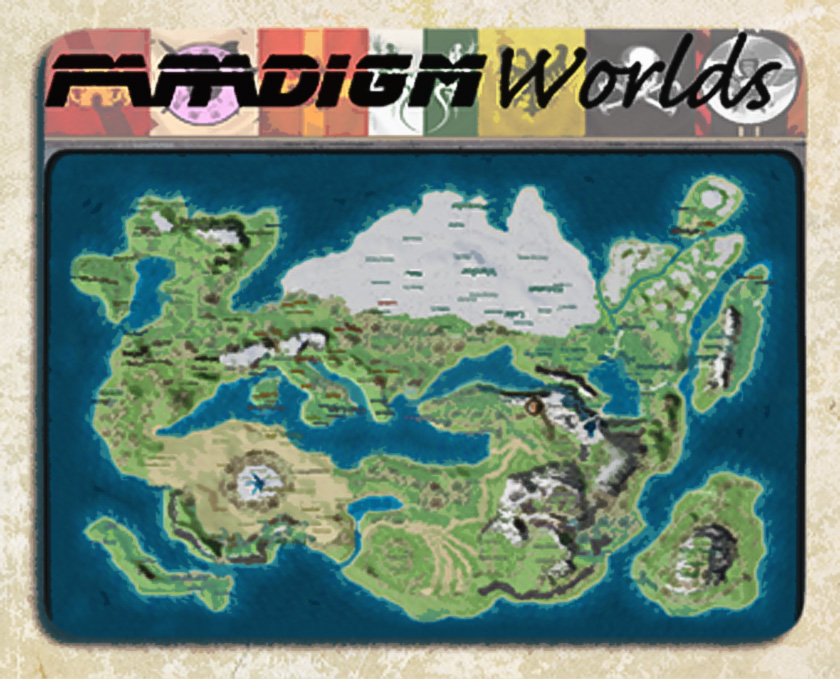
The Romans created many primarily decorative unicursal designs on walls and floors in tile or mosaic. Unicursal labyrinths appeared as designs on pottery or basketry, as body art, and in etchings on walls of caves or churches. A labyrinth in this sense has an unambiguous route to the center and back and presents no navigational challenge. In this specialized usage maze refers to a complex branching multicursal puzzle with choices of path and direction, while a unicursal labyrinth has only a single path to the center. As a result of the long history of unicursal representation of the mythological Labyrinth, however, many contemporary scholars and enthusiasts observe a distinction between the two.

In English, the term labyrinth is generally synonymous with maze.

Branching mazes were reintroduced only when hedge mazes became popular during the Renaissance.

Even as the designs became more elaborate, visual depictions of the mythological Labyrinth from Roman times until the Renaissance are almost invariably unicursal. Īlthough early Cretan coins occasionally exhibit branching (multicursal) patterns, the single-path (unicursal) seven-course "Classical" design without branching or dead ends became associated with the Labyrinth on coins as early as 430 BC, and similar non-branching patterns became widely used as visual representations of the Labyrinth – even though both logic and literary descriptions make it clear that the Minotaur was trapped in a complex branching maze. Daedalus had so cunningly made the Labyrinth that he could barely escape it after he built it.

Its function was to hold the Minotaur, the monster eventually killed by the hero Theseus. In Greek mythology, the Labyrinth ( Greek: Λαβύρινθος, Labýrinthos) was an elaborate, confusing structure designed and built by the legendary artificer Daedalus for King Minos of Crete at Knossos. Silver coin from Knossos displaying the 7-course "Classical" design to represent the Labyrinth, 400 BC


 0 kommentar(er)
0 kommentar(er)
